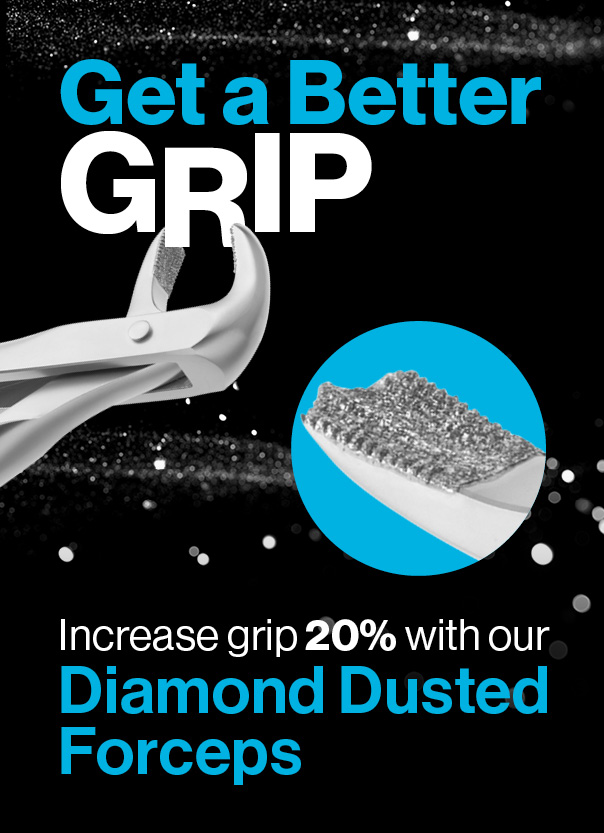Ultrasonic Insights - Fifteenth Edition
ULTRASONIC INSERT OPTIONS, PART III SITE SPECIFIC INSTRUMENTATION
Deposit removal in furcations, deep pockets and root concavities
Furcations, root concavities, deep pockets and areas under contacts can be difficult to access while power scaling. Inserts with slim diameter tips and extended/curved shanks are designed to improve access and thus are more efficient in these site specific areas. For subgingival deposits located within challenging periodontal anatomy, using a sequence of inserts, such as a robust insert, followed by a thinner or site specific insert can help provide optimal clinical outcomes.
Deposits in Site Specific Areas—Unique Challenges
Since scaling in furcations, root concavities and deep pockets occurs on or adjacent to root surfaces, considerable care is exercised since root surfaces can be susceptible to deformation from over-instrumentation. One way to advance effective scaling in these challenging areas is to scale with a slim diameter insert using the lowest effective power setting, particularly in areas with constrained access.
- Slimmer diameter inserts allow for less tissue distension upon insertion into pockets, thus giving improved access. In addition, slim diameter tips can provide a farther reach into challenging furcation anatomy.
- The use of a low to medium power setting results in a shorter amplitude, or “swing path” for the tip as compared to a higher power setting. Since furcations, tooth concavities and deep pockets are generally tight areas, approaching them with an insert operating with a shorter “swing path” can allow for more effective scaling and better patient comfort. In addition, power scaling these deposits from coronal to apical, using a series of very short oblique or horizontal strokes, will aid in thorough calculus removal.
Site specific Instruments: Debris removal in furcations, deep pockets and concavities

After Five, Straight
- Extended thin shank narrows to a tapered,
probe sized tip. - 40% thinner than the original prophy design
- Round cross-section
- Used to remove calculus from periodontal pockets
with improved adaptation for deeper pockets
After Five. Left and Right
- Extended thin shank narrows to a tapered probe sized tip
- Round cross-section.
- Allows improved access and adaptation to
posterior proximal surfaces and furcations.
(Green=left insert; Red=right insert)
XT
- Long, ultra-thin shank tapers to a very thin tip
- Round cross-section
- Ideal for site specific areas including narrow, deep pockets,
furcations, developmental concavities and tight areas between teeth.
Check out Hu-Friedy.com/inserts to see the many options—tips, handle styles and water delivery locations –available on the complete line of Hu-Friedy inserts, view usage/technique videos and see all previous issues of Ultrasonic Insights. And…remember, just like hand scalers, ultrasonic inserts wear with use. Worn insert tips can significantly diminish scaling efficiency—2mm of wear results in 50% less scaling efficiency.
Call 1-800-Hu-Friedy and request the INSERT WEAR GUIDE.

